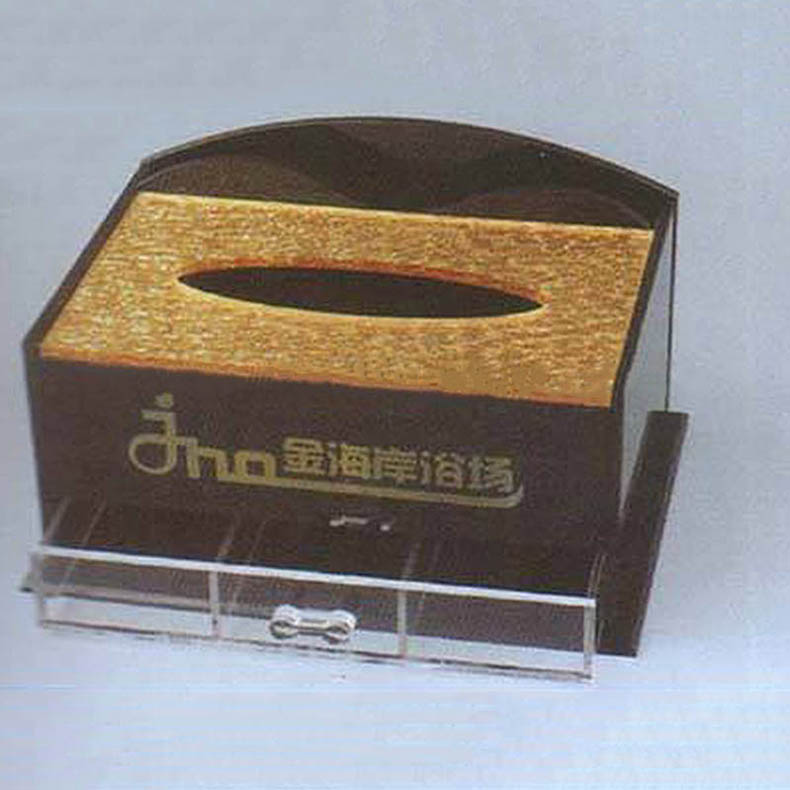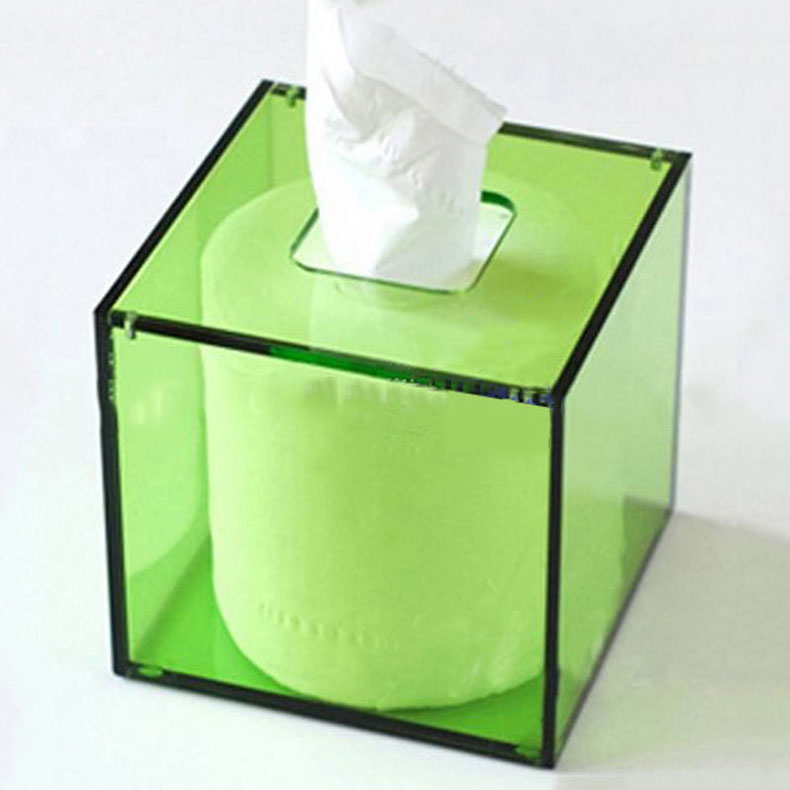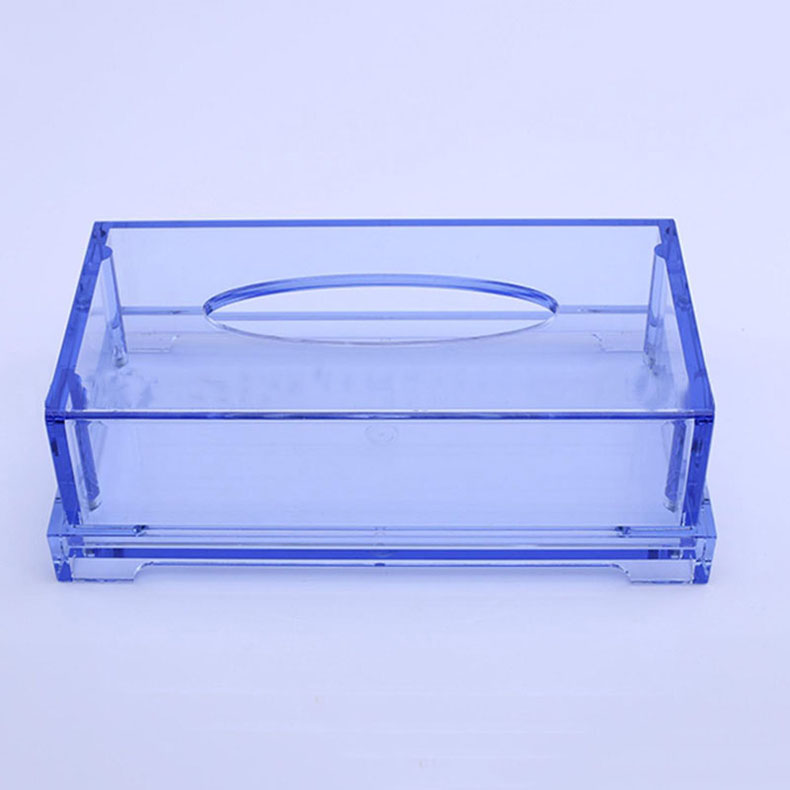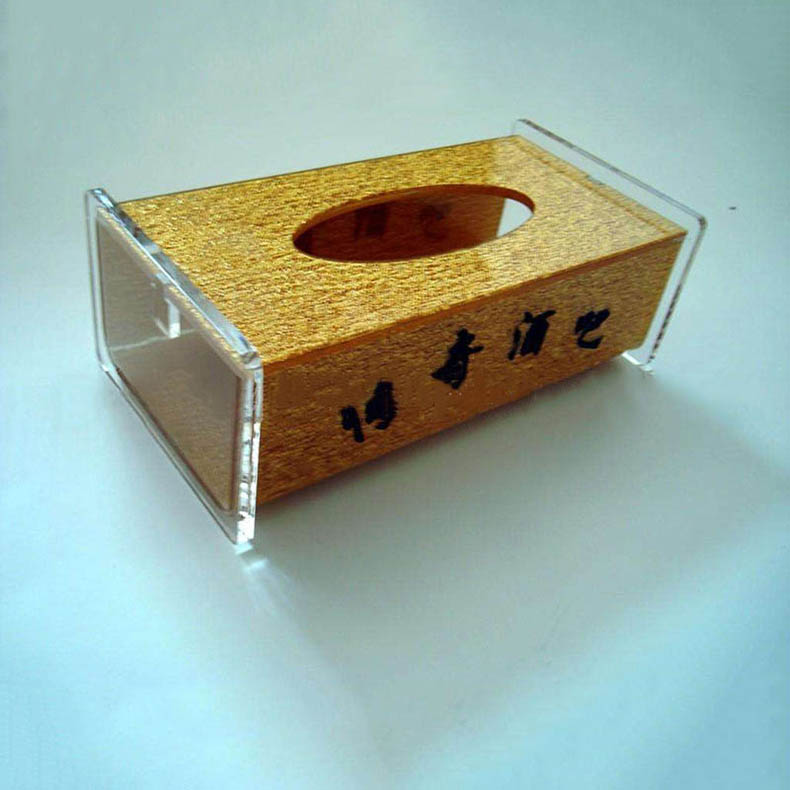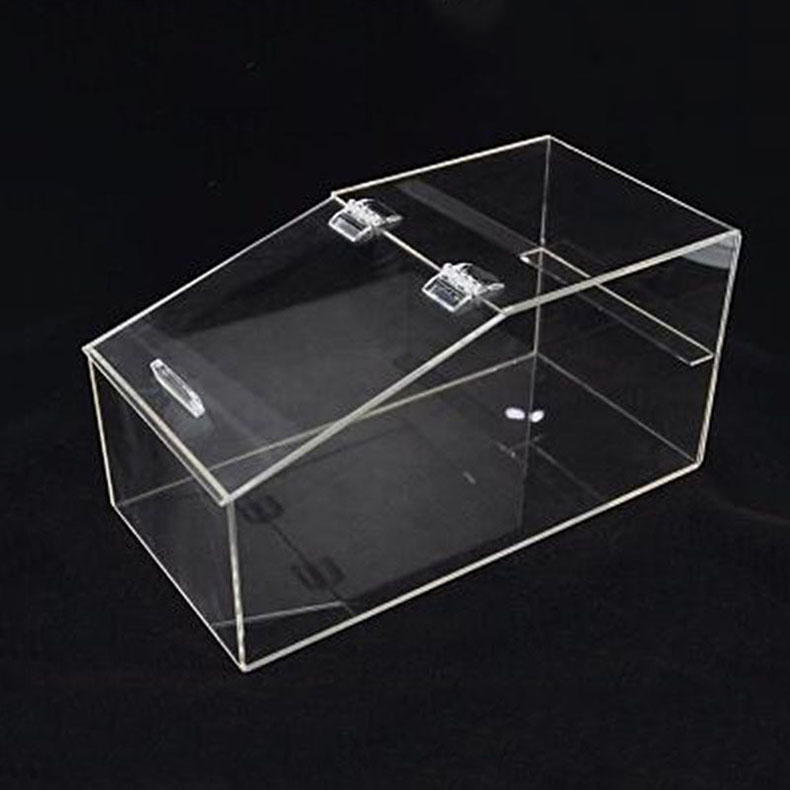Acrylic coffee tables, especially those with a round shape, have become a popular choice for modern interior design due to their sleek appearance, transparency, and durability. The production process of a round acrylic coffee table involves several intricate steps, from material selection to the final finishing touches. This essay will detail the entire production process.
Material Selection
The first and most crucial step in producing a round acrylic coffee table is the selection of high - quality acrylic material. Acrylic, also known as polymethyl methacrylate (PMMA), comes in different grades and qualities. For a coffee table, manufacturers typically choose a high - grade acrylic that offers excellent clarity, impact resistance, and weatherability.
The acrylic sheets used for the tabletop are usually thick enough to provide stability and support. For a standard round coffee table, a thickness of around 10 - 20 millimeters is common. The raw acrylic sheets are sourced from reliable suppliers who can guarantee the quality and consistency of the material. The color of the acrylic can also vary; clear acrylic is the most popular choice as it gives a modern and airy look, but colored or tinted acrylic can also be used to create unique design effects.
Design and Cutting
Once the acrylic material is selected, the design phase begins. Designers use computer - aided design (CAD) software to create detailed plans for the round coffee table. They determine the size, shape, and any additional features such as cut - outs or decorative elements. The CAD design serves as a blueprint for the entire production process.
After the design is finalized, the acrylic sheet is cut into the desired round shape. There are several cutting methods available. One common method is laser cutting. Laser cutting offers high precision and can create smooth edges. The laser beam melts and vaporizes the acrylic along the cutting path, resulting in a clean and accurate cut. Another method is saw cutting, which is more suitable for thicker acrylic sheets. A circular saw or a band saw can be used, but it requires more careful handling to ensure a straight and smooth cut.
Shaping and Edging
After the round shape is cut out, the acrylic piece may need further shaping. For example, if the coffee table has a beveled edge or a curved profile, additional machining processes are required. CNC (Computer Numerical Control) routers are often used for this purpose. The CNC router can precisely carve and shape the acrylic according to the design specifications.
Edging is an important step to enhance the appearance and safety of the coffee table. There are different types of edging techniques. One is flame polishing, which involves using a flame to heat the edges of the acrylic. This melts the surface of the edges slightly, resulting in a smooth and glossy finish. Another method is mechanical polishing, where abrasive materials are used to sand and polish the edges to a smooth state.
Drilling and Assembly
If the round acrylic coffee table requires legs or other attachments, drilling holes in the acrylic is necessary. Specialized drill bits designed for acrylic are used to prevent cracking or chipping. The size and location of the holes are carefully determined based on the design of the table and the type of legs or attachments to be used.
The assembly process involves attaching the legs or other components to the acrylic tabletop. For metal legs, bolts or screws are commonly used. The holes in the acrylic are pre - threaded or inserts are installed to ensure a secure connection. If wooden legs are used, adhesive or mechanical fasteners can be employed. The assembly must be done carefully to ensure that the table is stable and level.
Surface Treatment
To improve the durability and appearance of the round acrylic coffee table, surface treatment may be applied. One common surface treatment is anti - scratch coating. This coating can protect the acrylic surface from scratches and abrasions, extending the lifespan of the table. The anti - scratch coating is usually applied using a spraying or dipping process.
UV protection is another important surface treatment, especially for coffee tables that will be placed near windows or in areas exposed to sunlight. UV - resistant coatings can prevent the acrylic from yellowing or deteriorating over time due to sun exposure.
Quality Inspection
Before the round acrylic coffee table is ready for the market, a thorough quality inspection is carried out. The table is checked for any visible defects such as scratches, bubbles, or uneven surfaces. The stability and levelness of the table are also tested to ensure that it can support the intended weight without wobbling.
The dimensions of the table are measured to ensure that they match the design specifications. The quality of the edges, joints, and surface treatments is also carefully examined. Any defective products are either repaired or discarded to ensure that only high - quality coffee tables are delivered to customers.
Packaging and Shipping
Once the round acrylic coffee table passes the quality inspection, it is carefully packaged to prevent damage during shipping. The table is usually wrapped in protective materials such as bubble wrap or foam sheets. It is then placed in a sturdy cardboard box or a wooden crate, depending on the size and weight of the table.
Shipping details are arranged, taking into account the destination and the customer’s requirements. Proper labeling and documentation are prepared to ensure a smooth shipping process.
In conclusion, the production of a round acrylic coffee table is a complex process that involves multiple steps, from material selection to shipping. Each step requires careful attention to detail to ensure the final product meets the high - quality standards expected by consumers. With the right combination of materials, technology, and craftsmanship, a beautiful and functional round acrylic coffee table can be created.



